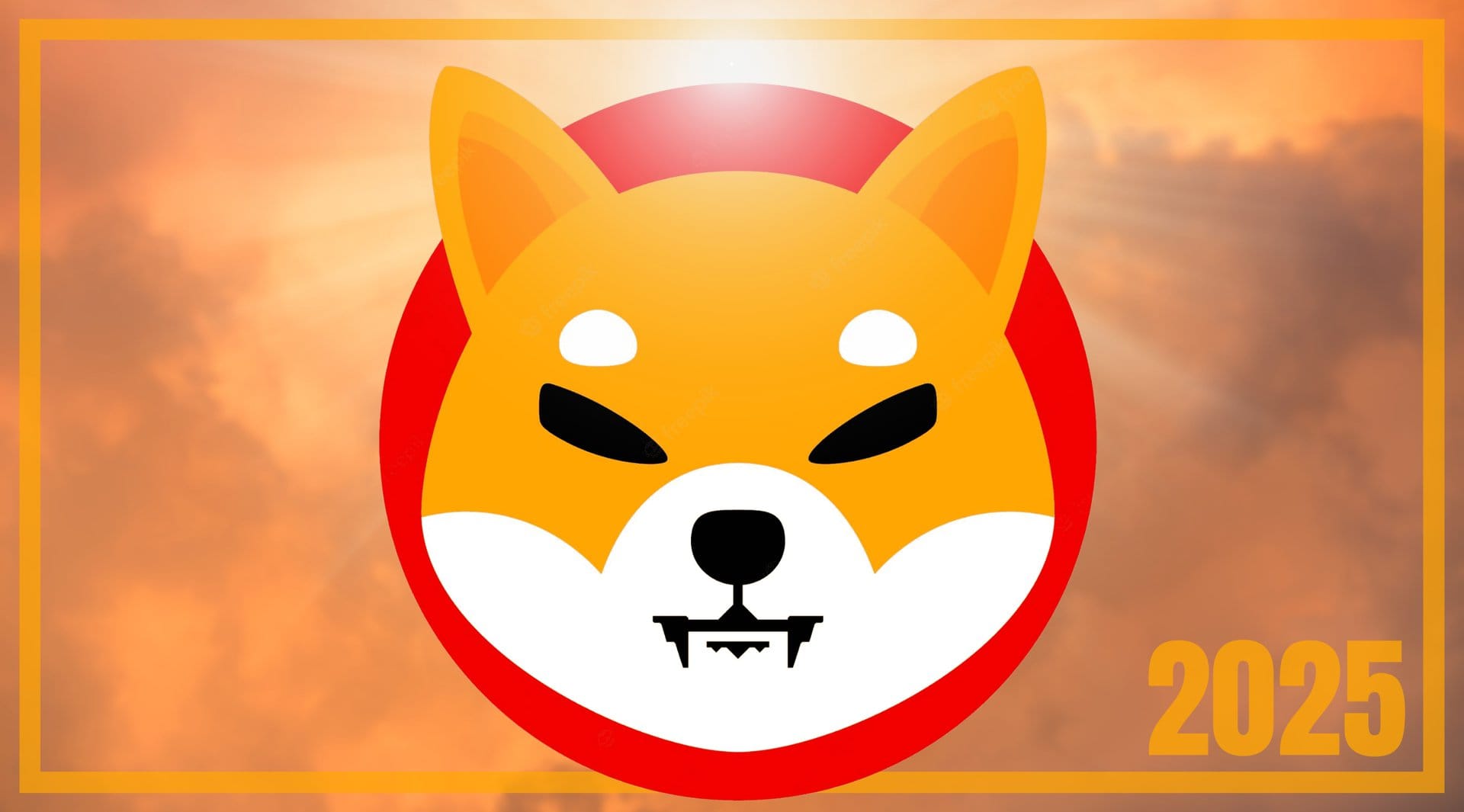In recent years, the financial landscape has witnessed a seismic shift as cryptocurrencies have emerged from the fringes of what used to be dubbed the “Wild West market” and into the mainstream, like the breakthrough approval of eleven spot Bitcoin Exchange-Traded Funds (ETFs) by the US Securities and Exchange Commission (SEC) in January 2024.
But what about pension funds?
The relationship between pension funds and cryptocurrency is curious. Unlike crypto, pension funds are known for their conservative strategies, primarily focusing on long-term stability and predictable returns. On the one hand, cryptocurrencies like Bitcoin offer the potential for high returns, albeit with high degrees of risk involved — a feature that could be attractive to funds aiming to grow their nest eggs for retirees. On the other hand, the inherent volatility and lack of regulation surrounding crypto pose significant risks for these funds, which are entrusted with people’s long-term financial security.
However, the rapid rise of cryptocurrencies has prompted some to question whether these traditional funds are beginning to embrace digital assets. Are they dipping their toes into the crypto waters, or are they still playing it safe within the confines of traditional investments?
Getting pension funds to invest in crypto is an important development that could unleash a flood of money into cryptocurrencies—and the technology supporting them https://t.co/lQLoYZadyW pic.twitter.com/rVZkxpKzhF
— Forbes (@Forbes) February 25, 2019
The First Leap
Back in 2019, a notable milestone occurred: Morgan Creek Digital, a cryptocurrency investment firm led by Anthony Pompliano, raised $40 million. What made this event particularly noteworthy was that a portion of these funds came from two of the three benefit plans associated with Fairfax County’s Retirement Systems (FCRS) in Virginia. This marked the first time a United States pension fund directly put down money for cryptocurrency assets.
The move by FCRS was bold, especially considering the cautious sentiment prevailing in the crypto markets at the time. After the exuberant highs of 2017, the subsequent bear market had left investors wary. Yet, FCRS demonstrated courage by venturing into the crypto space. But why did they take the leap?
Current State of Pension Funds Investing in Crypto
Recent research indicates that while there is interest in cryptocurrency from pension funds, the approach is one of caution and selectivity. A survey conducted by the CFA Institute in April 2022 revealed that a huge portion of state and government pension plan sponsors (94%) reported investing in crypto, along with 62% of corporate-defined benefit plans and 48% of corporate-defined contribution plans. This suggests that contrary to the notion that pension funds are silent on crypto, there is a significant level of engagement behind the scenes.
NYC Comptroller candidate @ReshmaPatelNYC believes “blockchain is a tool that can really help city governments” and wants to invest 1-3% of NYC’s pension funds into crypto.
— Laura Shin (@laurashin) May 9, 2021
How should NYC invest in crypto and use blockchain tech? pic.twitter.com/24i3MCT4N3
There are more examples like this. For example, M&G plc, a London-based investment firm, allocated $20 million to Global Futures & Options Holdings (GFO-X), the UK’s first centrally-cleared crypto derivatives trading platform. This investment was made on behalf of the Prudential With-Profits Fund. This move demonstrates a tangible commitment to crypto, albeit through a regulated and seemingly less risky avenue. In short, these investments are likely to be limited to certain categories and follow ample due diligence.
Why the Hesitation?
Lingering hestiation from pension funds regarding crypto investments can be attributed to several factors:
Market Volatility
Primarily, the volatile nature of the cryptocurrency market poses a significant risk. Cryptocurrencies are notorious for their wild price swings. This volatility makes it difficult for pension funds, which are responsible for providing stable returns for retirees, to justify allocating a significant portion of their portfolios to such assets. Imagine a scenario where a pension fund heavily invested in crypto experiences a sudden crash, jeopardizing the retirement income of countless individuals.
Regulatory Uncertainties
The regulatory landscape surrounding cryptocurrency is constantly evolving. Governments around the world are still grappling with how to classify and oversee these digital assets. This lack of clear regulations creates uncertainty for pension funds, who are risk-averse by nature.
The recent downturns in the crypto market have only heightened these concerns and led to a more discreet approach to such investments.
Energy Consumption
The energy-intensive process of crypto mining raises eyebrows. Pension funds, conscious of environmental impact, may hesitate to invest in assets associated with high energy consumption, particularly given the ever-increasing scope of ESG considerations.
Reputational Concerns
Pension funds are stewards of public trust. Investing in a relatively new and sometimes controversial asset class like crypto could damage their reputation if things go south.
Furthermore, the recent collapses of major crypto companies like Celsius in 2022 — where the Canadian pension fund manager Caisse de dépôt et placement du Québec (CDPQ) invested $150 million in October 2021, and FTX and its U.S. subsidiary — where the Ontario Teachers’ Pension Plan Board invested $95 million, have only amplified these concerns.
What is wrong with the #Canadian pension funds and their #crypto investments? First the Québec CDPQ fund lost their money with #Celsius, and now the Ontario Teachers Pension Fund with #FTX. 🤷♂️ pic.twitter.com/PShxDq3E2E
— WallStreetPro (@wallstreetpro) November 10, 2022
Coming on the heels of the warning from the U.S. Department of Labour to plan fiduciaries “to exercise extreme care” before adding cryptocurrencies as an option in 401(k) retirement plans, pension funds, bound by fiduciary duties, must conduct thorough due diligence before embracing new asset classes. The potential for regulatory changes and the technical complexity of the crypto space add layers of uncertainty that warrant a measured response.
Are There Any Exceptions?
While mainstream pension funds remain largely on the sidelines, a small but growing number are dipping their toes into the crypto waters. For example, South Korea’s National Pension Service (NPS) invested $20 million in Coinbase’s shares in the third quarter of 2023. The Houston Firefighters’ pension fund has done the same by allocating $25 million to Bitcoin and Ether, marking the first time a public pension plan in the U.S. has announced an investment in digital assets.
🇰🇷 South Korea’s National Pension Service, one of the world’s largest pension funds, invested $20 million in Coinbase in Q3 2023. https://t.co/Z9c9Xgkva6
— Cointelegraph (@Cointelegraph) November 16, 2023
These forays are typically modest and undertaken through specialized funds, reflecting the cautious approach most pension funds prefer. But clearly, the tide is shifting.
Pension funds are tasked with the delicate balance of seeking adequate returns while managing risks. The former is undoubtedly becoming more difficult. As the New York Times opined, “U.S. Treasuries have been the bonds of choice for safe retirement income. But they could deliver no real return for the next decade.”
This is prompting funds to explore alternatives like cryptocurrencies. The potential for higher risk-adjusted returns. Still, it comes with increased volatility and the possibility of regulatory scrutiny.
Pension funds are indeed exploring the crypto market, but they are doing so with a level of prudence befitting their responsibility to retirees. The future may see a more structured and cautious integration of crypto investments in pension portfolios, balancing potential rewards with the fiduciary duty to protect their investors’ interests.
As the market matures and clearer regulations emerge, we may witness a more open dialogue and a strategic embrace of cryptocurrencies within pension portfolios. However, the core challenges of volatility and risk tolerance are unlikely to disappear entirely.
Author: Ayanfe Fakunle
The editorial team at #DisruptionBanking has taken all precautions to ensure that no persons or organisations have been adversely affected or offered any sort of financial advice in this article. This article is most definitely not financial advice.















